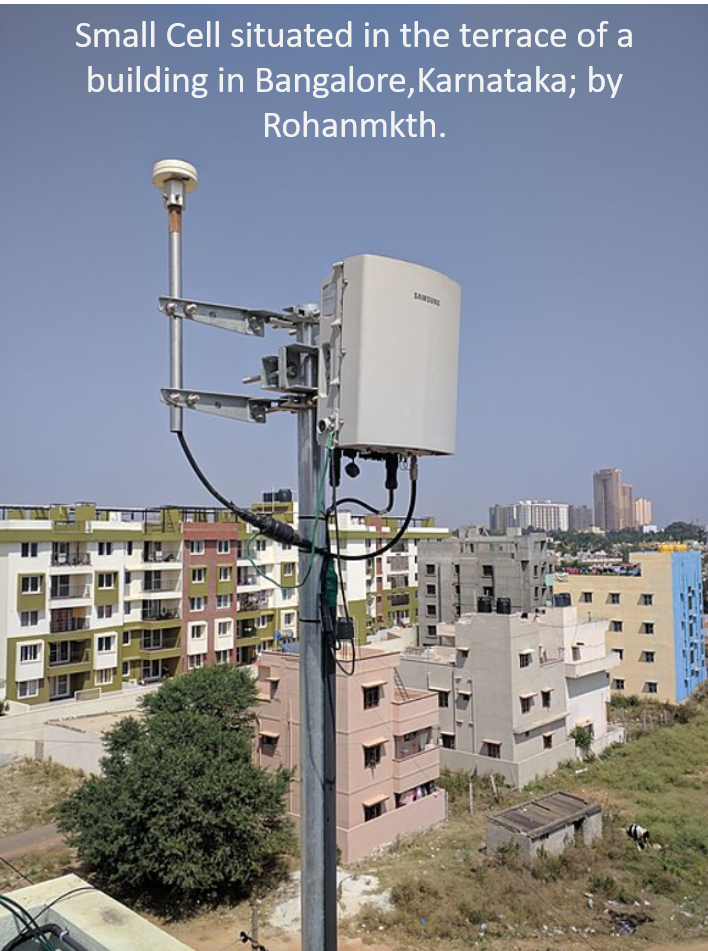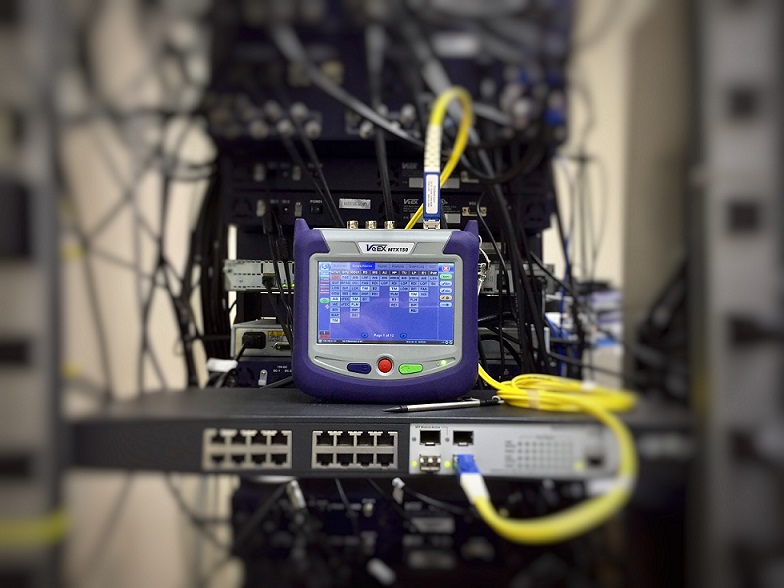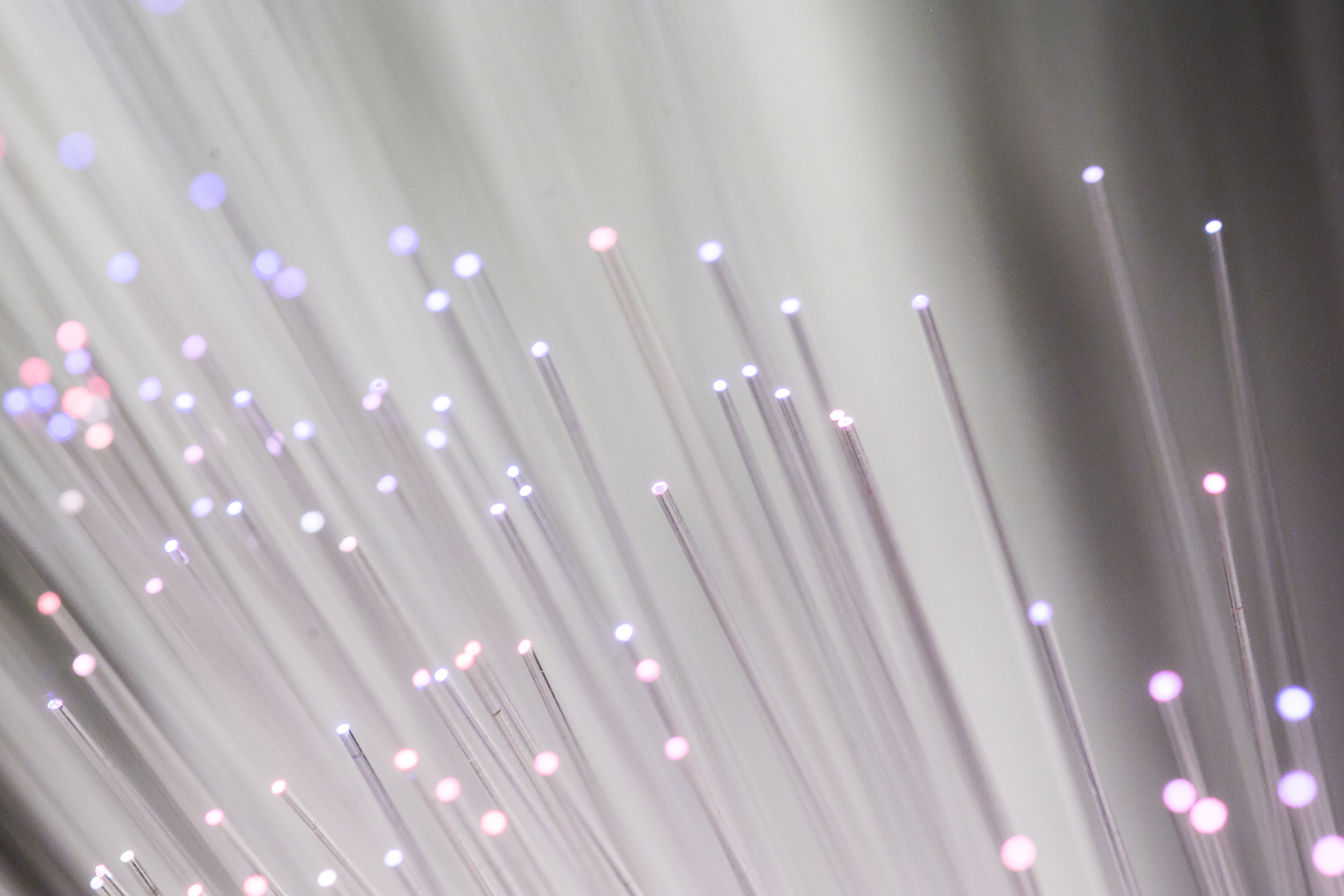Fiber is used more and more for extremely fast data transport. But what is fiber, what is the history of fiber and how is it used? In this post the last part of the triptych about fiber: the use of fiber.
The biggest advantage of fiber optics is the extremely high bandwidth. No other cable based data networks can provide more bandwith. Nowedays the standard bandwith of fiber is up to 100 Gbps, depending of the type of the fiber optic. The volume of data that copper cables (Coax or copper twisted cable) transmit per unit time is far less than fiber optic cables.
Because the difference in data transmission (light vs electrical current) the data in fiber optics can travel much longer distances without losing its strength. So the need for signal boosters are less.
Fiber is less susceptible to electromagnetic interference. A network with copper cables requires shielding to protect it from electromagnetic interference, however the shielding is not sufficient when many cables are close to each other.
Highly secured data transmittion, because the data is transmitted by light and is therefore difficult to intercept. The electromagnetic energy in coper cables can leak through those cables and can be intercepted more easily.
Small size and low in weight, because of its material (glass) and its high capacity.
However there are some disadvantages. Fiber cables are more expensive and more fragile than copper cables. It is clear that fiber optic transmission will bring more opportunities and will replace copper wiring more and more, especially with the arrival of the 5G network.
In practice you will see nowedays combinations of different The combination of copper cables and fiber optics are often used in practice. Also the combination of fiber and small cells are popular (FTTA: Fiber to the antenna).
Fiber to the x (FTTX) is a generic term for any type of connection that is based on optical fiber and that is used to completely or partially replace existing copper cables.
FTTN (Fiber to the node or neighborhood) Fiber that is laid to the node and then copper cables complete the connection to the buildings or houses.
FTTC (Fiber to the curb) Fiber that is laid to the curb (closer to the houses) and then copper cables complete the connection to the buildings or houses.
FTTB (Fiber to the building) Fiber that is laid to a building and then copper cables complete the connection to the appartments.
FTTH (Fiber to the home) Fiber that is laid to the home. Inside the home or appartment the data is transmitted by WIFI.
FTTD (Fiber to the desk) Fiber that is laid to the desk.




Leave A Comment